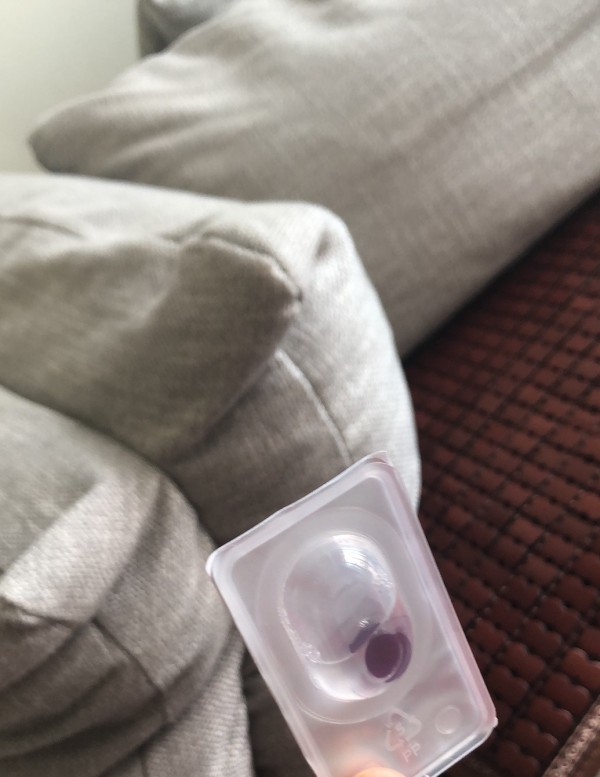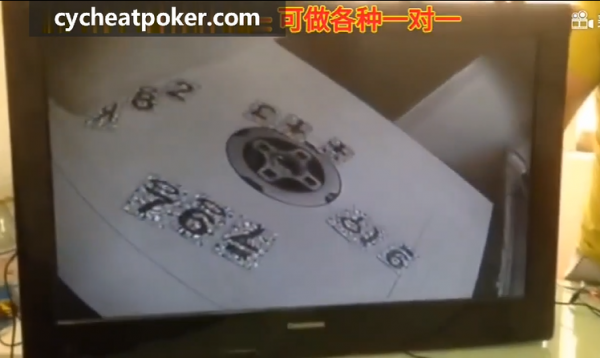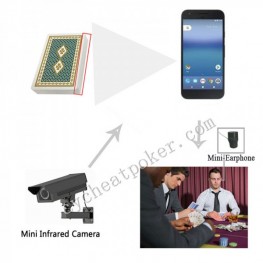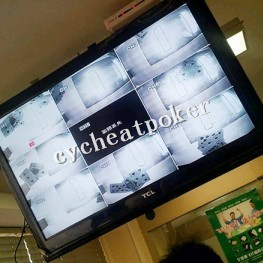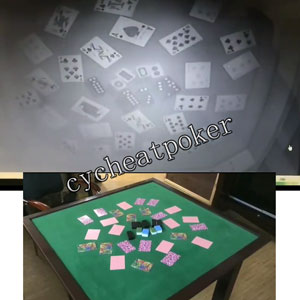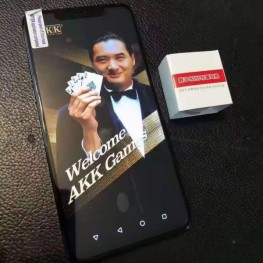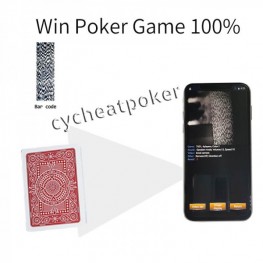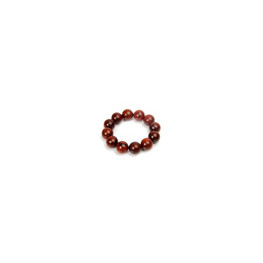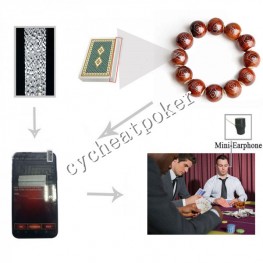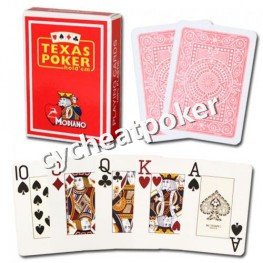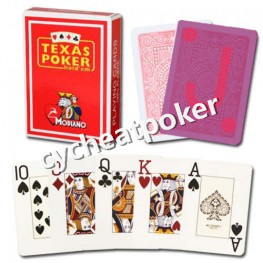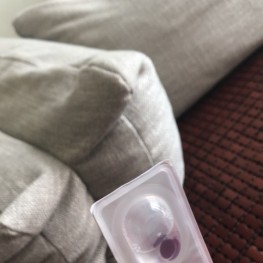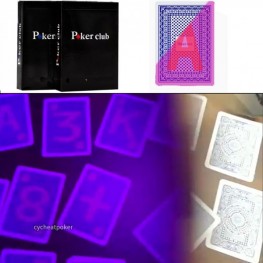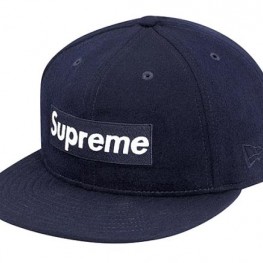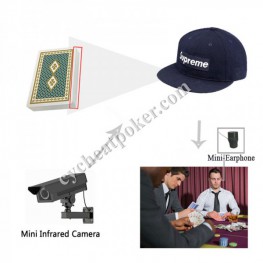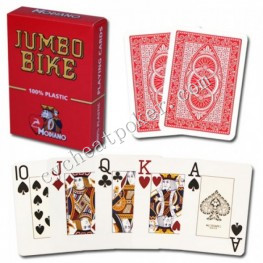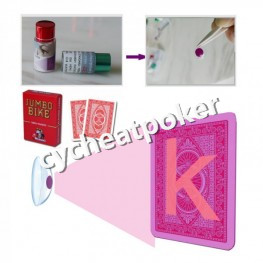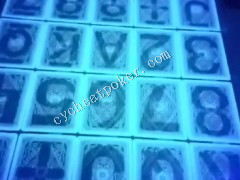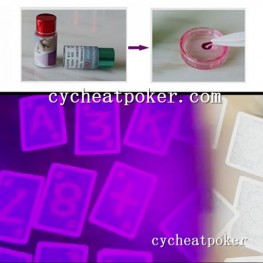The appearance of white light poker is the same as that of ordinary poker. It is Printing special white light Potion on the back of playing card. The white light potion is injected with laser machine and can't be recognized by naked eyes. But after wearing white light glasses or contact lens, you can see the invisible characters on the back of the card. Principle similar to cash detector
Introduction:
White light poker, the appearance and ordinary poker is same, is the back of the card with a special white invisible potion to do, that white light potion is injected with a laser machine. It can't be recognized by the naked eye, but with white perspective glasses, , you can see the invisible invisible characters on the back of poker, similar to the principle of cash detector
White light poker technology content. Using ultra-thin non-ionic soft material, energy to create, white light effect is good, clear display, with single operation,the product use effect is the best!
In fact, white light poker is a kind of poker which is the same as ordinary poker. Of course, this refers to looking at it from the outside, that is, from the appearance, there is no difference between white light poker and poker, but there are still differences between white light poker and ordinary poker. White light poker is a kind of poker which has been processed with white light potion. There are certain marks on the back of it. Players can know the points and styles of poker through the marks on the back, so that they can master all the players' cards unconsciously and win in silence. But there are certain conditions for watching white light poker. As long as you wear the corresponding white light contact lens, you can see it. Otherwise, you can't see it. This is why some people can't see it except the players themselves.
Step 3: test the effect, take the white glasses, wear well, you can see your own writing marks or colors, the first time the strength will not be very accurate, practice several times more.
Characteristics of white light Poker:
The characteristics of white light poker is made on the basis of ordinary poker. It is not affected by any strong light, nor controlled by strong electromagnetic wave. The processed playing card has no difference with the original factory's playing card. There is no loophole. You can also take your own poker processing, any playing card can be processed. White light poker is easy to operate, easy to use, safe and hidden. This is also a common feature of the white light series.
The benefits of white light Poker:
1. White light poker, is a magic card with props very practical, it can make you in the performance of magic, more smooth, more accurate;
2. If you don't wear contact lens, others can't see it at all, and the concealment is very high;
3. When playing with relatives and friends, it can bring you the most accurate and fastest card recognition skills, such as "Zha Jinhua" and "fighting landlords". Why do you have to use your head to record cards? Just look at it.
4. It can help you if you have a new product that can make you handy.
What are white light glasses:
White light glasses are the most widely used products at present. The lenses are made of ultra-thin non-ionic soft materials with anti scaling, This lens design is not easy to absorb protein precipitation, so that the lens is comfortable, healthy, not easy to aging, and easy to clean in the service cycle. It has unique elastic arc technology and comfortable design, clear vision, and makes the card reading effect more clear. It is suitable for entertainment in any light, and also ensures the comfort of lens wearing, no matter in the daytime The effect of using it at night is very clear.
Friends who wear contact lenses for the first time are often confused by some parameters of contact lenses when purchasing contact lenses. They often see a lot of comparison of contact lens parameters, but they don't know what those contact lens parameters mean and which are the most important parameters of contact lenses. Let's explain the parameters of contact lenses.
Center thickness - the thickness of the center point of the contact lens. It is suggested that people with astigmatism should be equipped with ordinary spherical soft lens, and the lens with a slightly thicker central thickness should be selected, because the lens that is too thin may change its shape with the shape of the cornea, and can not form an ideal lens.
Optical area the area of contact lens base arc, that is, the lens area with diopter.
Moisture content - the measure is the percentage of water in the total weight of the contact lens material after it has been saturated with water. The moisture content of contact lens is an important parameter of soft lens, because the lens contains water, it is soft, and the water content determines the characteristics of the lens. The higher the water content, the softer the lens is, but it is also easier to deform. Because it dries faster when it is dehydrated, but the lens with high water content is more comfortable to wear, so it has always been welcomed; on the contrary, the lower the water content, the harder the lens is, the smaller the deformation degree of the lens is, and the longer the dehydration and drying time is. According to the water content, it can be divided into: low water content 38%, medium water content 42% ~ 60%, high water content > 60%.
For the eyes with high myopia degree, it is recommended to use large lenses with high water content. The thicker the edge thickness of high myopia lens, the worse the average oxygen permeability of lens, so we should choose the lens with high water content and high oxygen permeability. The wearer with dry eyes should choose the lens with low moisture content, so that the lens can only absorb less tears and leave more tears to wet the cornea.
base arc (BC) - the central arc of the inner surface of the contact lens. If the base arc is longer, the arc surface of lens is flat; if the base arc is short, the arc surface of lens is curved. The selection rule of base arc is: should be loose, not tight! The tightness of the lens and cornea can be checked by pushing the finger. The wearer's eyes look up after wearing, and the examiner gently pushes the lower eyelid with his finger, that is to say, the lower edge of the lens is pushed up with the lower eyelid. If the lens completely slides away from the cornea, it is too loose. If the lens does not move at all, it is too tight, and it is appropriate to push away the lens part.
Diameter the linear distance between two points corresponding to the edge of the contact lens. In addition to the lens diameter, color contact lenses also have the diameter of the coloring area. The larger the diameter of the colored area, the greater the pupil enlargement effect after wearing the lens.
DK value (oxygen permeability coefficient DK) - the degree to which oxygen passes through a contact lens material. D-oxygen dispersion coefficient in the material, k-dissolution coefficient. The higher the water content, the higher the DK value. The oxygen permeability of different lenses is quite different. The lenses with center thickness less than 0.04 ~ 0.06 mm, low moisture content, 0.06 ~ 0.10 mm medium water content, and 0.15 ~ 0.20 mm high water content lens with center thickness of 0.15 ~ 0.20 mm can provide enough oxygen for daily wear. If the cornea is in the metabolic state of hypoxia, over time will cause complications, so to avoid wearing contact lenses when sleeping.
Dk / L (oxygen conductivity) - the actual speed at which oxygen passes through a specific lens of a certain thickness. L is the thickness. The daily Dk / L > 24 and the long wearing Dk / L > 87. The thinner the thickness, the better the oxygen permeability.
EOP (equal oxygen rate) - the percentage of oxygen between the lens and the cornea in vivo. The maximum EOP was 21%, the EOP of daily wearing glasses was more than 12%, and the EOP of long wearing glasses was more than 18%.
Refractive index the ratio of the speed of light in the air to the speed of light in the material. The higher the refractive index of the material, the stronger the ability to refract the incident light.
Note: FATT unit - the unit of DK value, named after Professor Irving FATT. He introduced polarography to the field of contact lenses, that is, contact the contact lens material with a polarographic electrode. When oxygen in the atmosphere passes through the contact lens material, a current proportional to the oxygen supply is generated. The value of DK can be calculated and determined by the value of electric flow.

